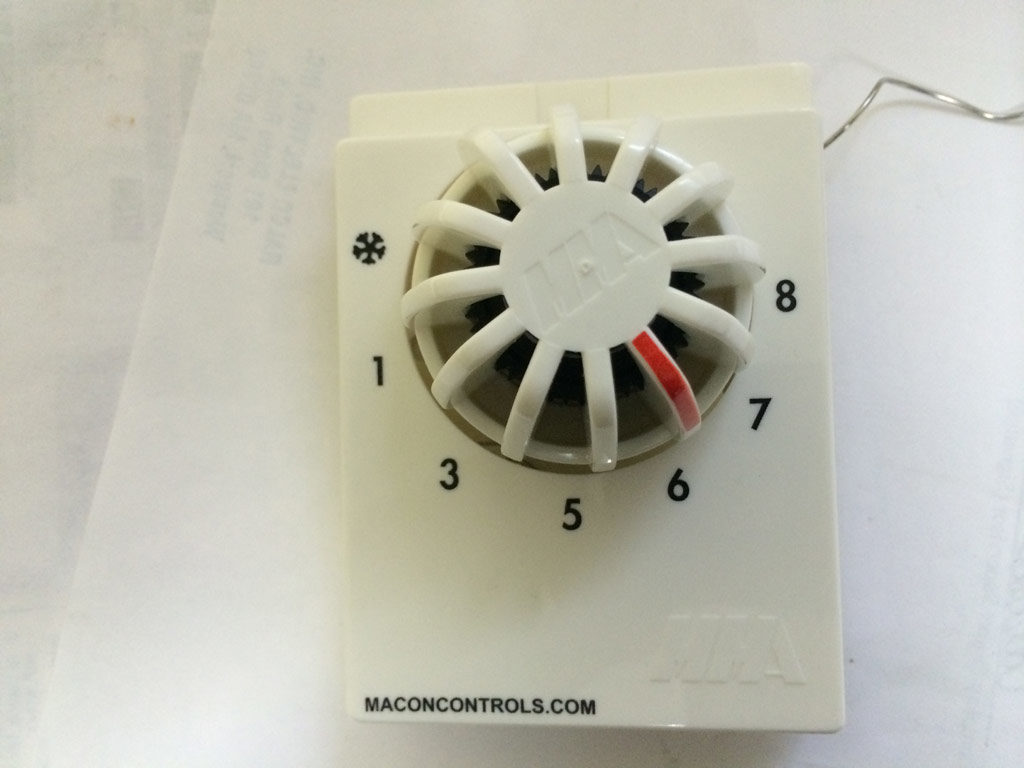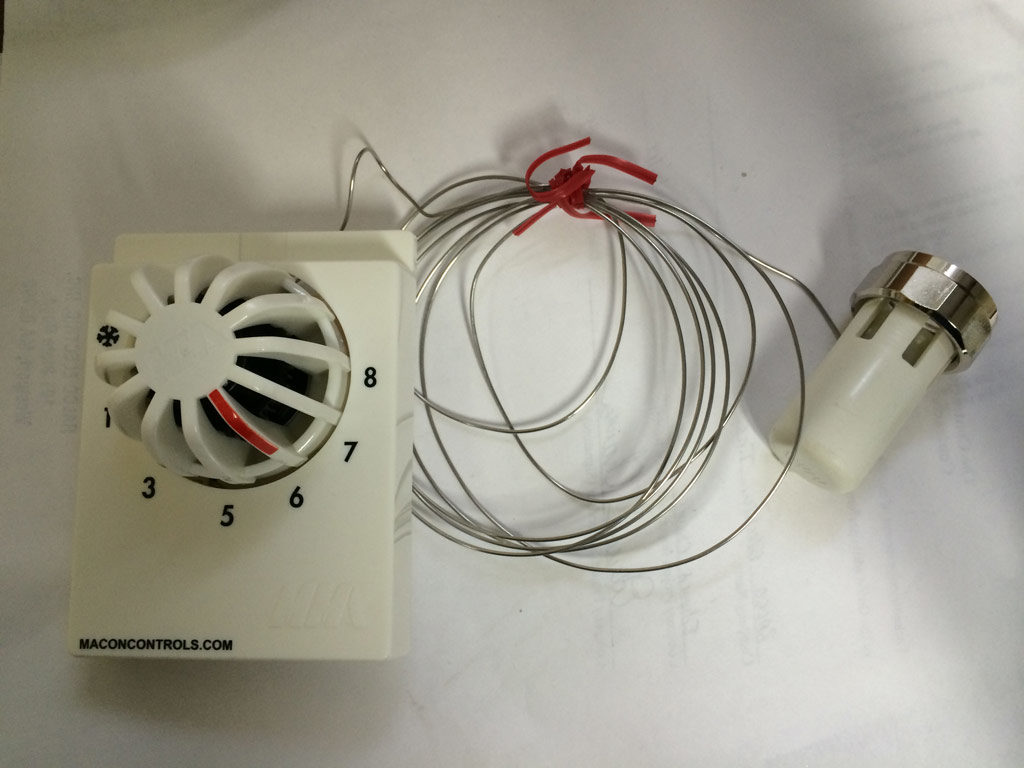The heating systems in our residence halls work under similar principles that your home heating system, but function in a very different way. This guide will provide you more information on how they function and what to do if you are experiencing issues.
We understand that each person has an individual perception of comfort. This presents a challenge to deliver a heat range that meets everyone’s expectation, but we strive to meet the needs of a diverse community.
Basic Information
A majority of the campus is heated by steam produced in our central plant using industrial boilers. Unlike a residential home unit, these units must be run at a high level to function safely and cannot be turned on and off based on demand.
What that means is that once they are turned on, they will remain on and be producing heat. Regionally the seasonal transitions present a particular challenge for this process with variations in outside temperature and extended forecast accuracy being somewhat unreliable. This transition typically occurs in late September through early October and again in May. It is not an exact science, and we hope to maximize the comfort level for everyone during these seasonal changes.
Heating Dates
Facilities Operations plans to turn on heat no later than the Wednesday after October Break. However, starting in late September, Plant actively monitors the long-term forecast to determine if an early start-up would be appropriate. The criteria for an early start-up is as follows: if the nighttime low is below 40 degrees for two consecutive days and the daytime high does not go above 60 degrees for three consecutive days, the Plant will schedule start-up earlier.
The same reverse process happens in the transition from winter to spring with the scheduled “shut down” date being the Monday after Commencement.
Building Heat
Building temperatures are controlled by censors that are typically located in hallways or common areas in varied locations throughout a building. When the censors detects that the temperature is within a set range, it signals to close the heating system zone valves and this shuts off the steam supply to radiators.
In most buildings, when the building has reached this temperature and the radiators are not receiving steam, individual room control is not available. In Beard, Keefe, and Gebbie the systems are slightly different and the temperature of the water running through the heating element changes based on outside temperatures.
This temperature range is variable. It can be different from building to building depending on the location of the censor and the design of the system. It can also be variable based on the time of year (ranges are typically set higher in the coldest months).
Room Heat
Room temperatures are adjusted by Individual Room Controls. The most common look like this:
Their function is relatively simple with the low numbers providing less heat than the higher numbers (the snowflake is “off”)
Some buildings (the houses, Beard, and Gebbie) have individual thermostats like you would find at your houses. They function similarly but are still dependent on the building levels.
Tips
- Open windows can cool a room, but when they are left open throughout the day it may leave your room cooler than the building. If you close a window at night and the building temperature is already reached its set levels, you will not be able to get heat through your radiator. Be cautious about leaving windows open for extended periods of time.
- Common room windows and hallway windows should remain closed. If the hallway temperature is low due to an open window, the whole building will not be able to regulate its temperature and you may find rooms to be too warm.
- If you experience that your room is cold, check with your neighbors and in the hallways. If other rooms and the hallway is cold, that is an indication that the building heat may be malfunctioning.
If you are experiencing cold temperatures in your room, you can submit a Student Work Order. For emergencies call Campus Safety 508-286-5051 (24 hours a day, 7 days a week) or Facilities Operations 508-286-3880 (Monday – Friday 8:30am to 4:30pm).
Before you call check
- Is the radiator/baseboard/convector warm to the touch?
- Does the rest of the building have heat (check the hallway and nearby rooms)?
- Are there any visible signs of leaks, water or steam?
- Are there any windows not fully closed? Was the window open during the day?



